The Real Difference Between Ceramics and Pottery
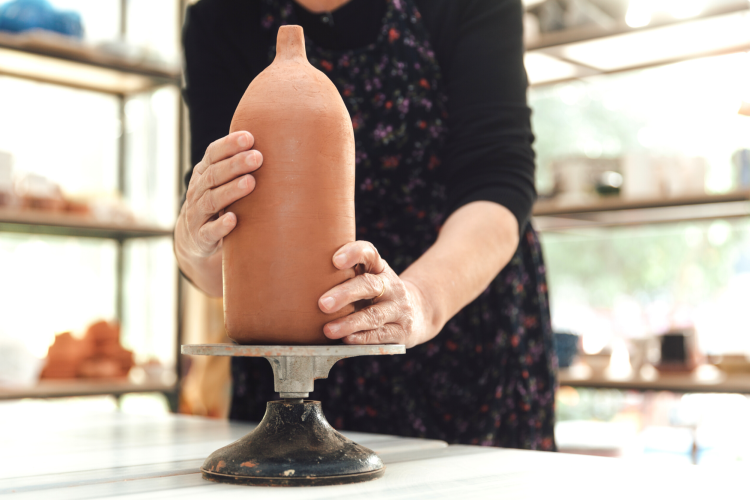
Have you ever wondered about the difference between ceramics vs pottery? After all, it’s all clay, right? Well, yes, but there are also a few differences among the two artistic subjects. From coffee mugs, serving bowls and vases to intricate sculpture and detailed figurines, artisans have been creating ceramics and pottery for thousands of years.
Whether you’re trying to get into a new creative outlet or just have a renewed curiosity after visiting a museum exhibit filled with Aztec, ancient Chinese, Neolithic and 15th-century Japanese pottery collections, the form and function of these decorative and useful objects is an interesting study. According to the National Library of Medicine, creative expression and artistic engagement even have positive effects on health. You can’t beat that!
But what’s the difference between ceramics vs pottery anyway? Keep reading to find out!
Jump to Section
- Understanding Ceramics vs Pottery
- Pottery Definition
- Pottery Techniques and Ideas
- Ceramics Definition
- Ceramics Techniques and Ideas
Understanding Ceramics vs Pottery
When it comes to pottery for beginners, one of the best ways to understand ceramics vs pottery is to take an interactive class. Lessons like pottery classes in San Francisco and pottery classes in San Diego teach the fundamentals of pottery wheels and throwing techniques while teaching you how to make vases, cups, mugs and small sculptures. Check out pottery classes near you to find a wide array of fun and informative sessions where you can learn the basics of ceramics vs pottery.
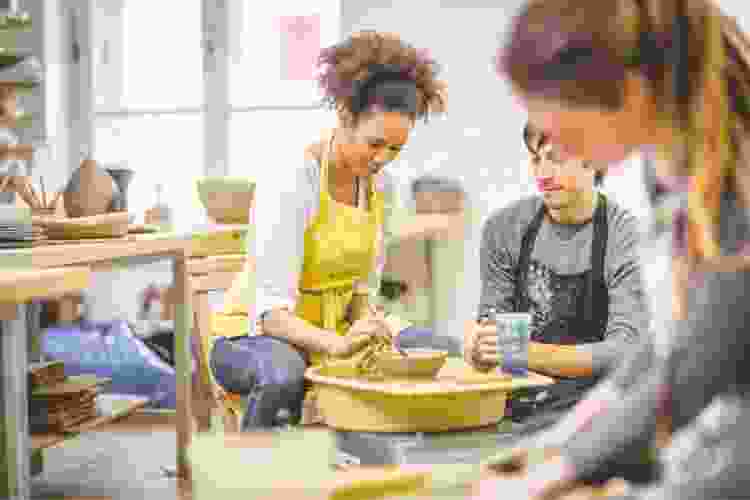
Ceramics vs Pottery Similarities and Differences
There are similarities in ceramics vs pottery, which is probably why it causes such confusion. They’re both made from clay, but the main difference comes in the use of the item that’s created. Ceramics are items made from a non-metal material (such as clay) that changes when exposed to high heat (like that lump of clay “turning” into a beautiful sculpture).
Pottery is a type of ceramic, specifically a vessel that holds something (coffee mug, cereal bowl — you get the idea). To put it simply, an art piece made from clay would be called a ceramic. A coffee mug or vase made from clay would be considered ceramic pottery.
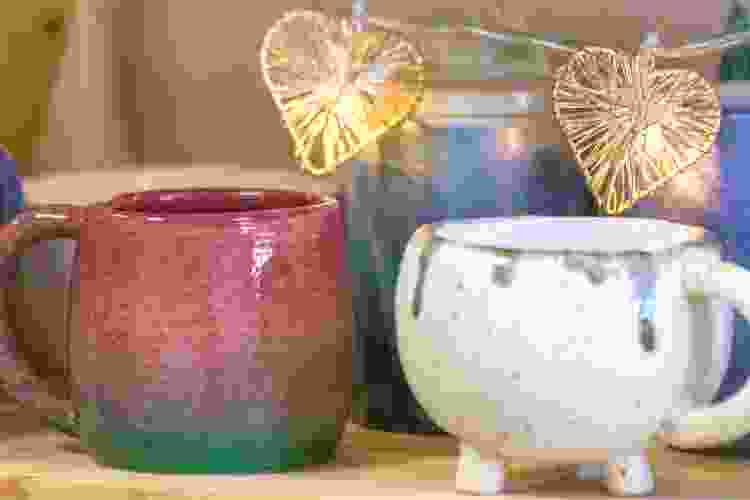
Pottery Definition
The best way to understand the pottery definition is to think of it as a vessel made of clay that holds something, such as a mug, vase or a serving bowl. Pottery consists of three main categories: earthenware, stoneware and porcelain.
Earthenware
Earthenware is clay that’s fired at a low temperature (1,000 – 1,150 degrees Celcius). It becomes porous and coarse, then is glazed and re-fired. The glaze sits atop the earthenware in its own separate layer. The clay used to make earthenware is made from quartz (a crystalline mineral) and feldspar (a rock forming mineral) as well as iron oxide, which gives it that orange-ish color. The impurities in the clay are due to traveling distances and mixing with water and dirt along the way.
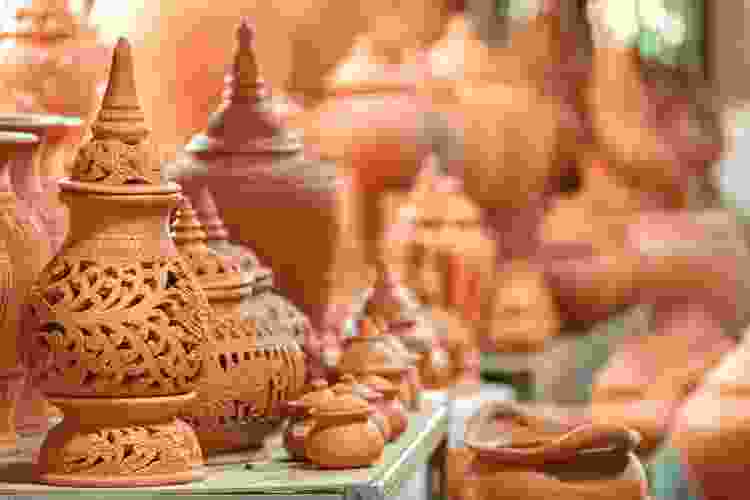
Stoneware
Stoneware is clay that’s fired at a high temperature (1,200 degrees Celcius) in a process that’s called vitrification. During this process, the object becomes the consistency of glass. It’s non-porous. When glaze is applied, the glaze and clay become a mixed layer. Stoneware refers to a variety of diverse types of clay.

Porcelain
Porcelain, also known as fine china, is that extremely delicate stuff in Grandma’s cabinet that you’re not allowed to touch. It’s a hard and translucent white ceramic. Granite and feldspar minerals are mixed with a fine white clay and water. It then gets fired at 1,200 to 1,450 degrees Celcius, decorated with glaze and then re-fired. It also contains kaolinite (a primary clay). This type of clay doesn’t travel far from the point of origin, so it doesn’t have as many impurities as earthenware.
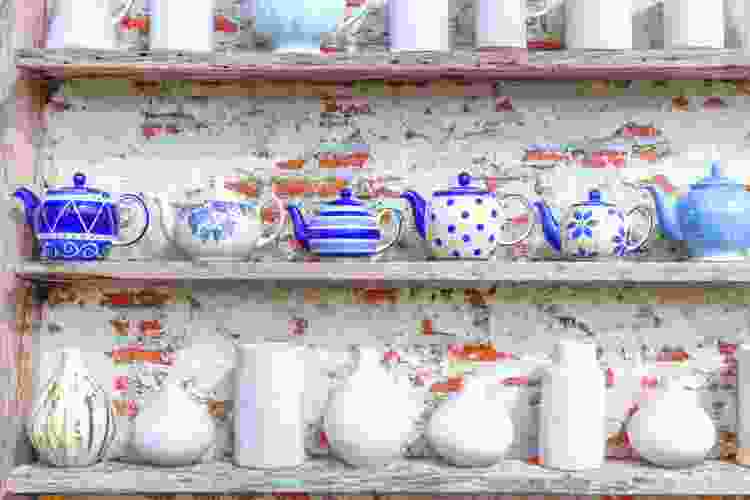
Pottery Techniques and Ideas
Pottery can be made on a potter’s wheel or formed by hand. Let’s take a look at some of the basic techniques and steps involved in pottery making.
Throwing
Wheel throwing is the most recognized technique for creating pottery. A pottery wheel is used, which is a fun aspect of learning ceramics vs pottery. A big piece of wet clay is clumped onto the wheel, and the potter uses their hands to form it into shapes. It’s then taken off the wheel and left to dry.
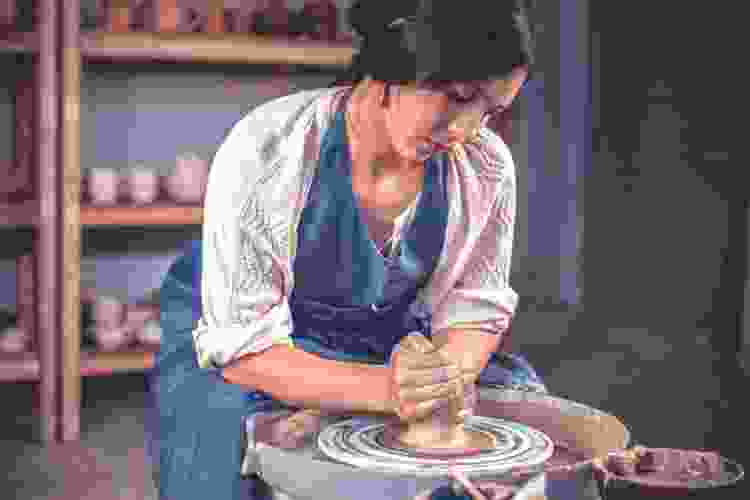
Trimming
For this ceramics technique, when the piece is dry enough to handle, it’s then put back on the wheel where a wide array of tools are used to shape it into its final state. Then it sits to dry again.
Bisque Firing
Once the piece is completely dry, it’s placed in a kiln where it gets fired at the temperature designed for that particular type of clay. The piece is quite strong after the ceramics vs pottery firing process.
Glazing
Glazing is the painting and decorating part of this ceramics vs pottery process. Special paints and underglazes are used.
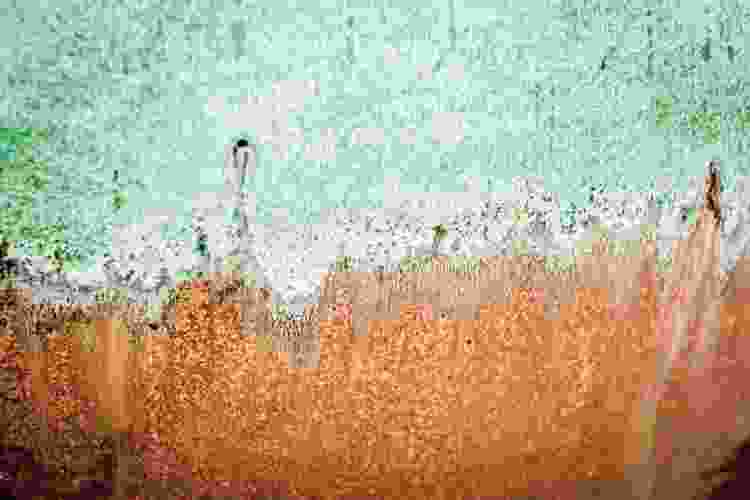
Glaze Firing
At this point, the ceramics vs pottery piece gets fired again. The colors of the glaze really pop after firing and form a hard, strong and less porous surface for this type of ceramics vs pottery.
Ceramics Definition
A broad term, ceramics definition refers to something made from a nonmetallic and inorganic material (such as clay). Technically, bricks and cement could be called ceramic. Ceramics are durable and can withstand high temperatures and pressure. They’re not susceptible to chemical corrosion, are non-magnetic and don’t conduct electrical currents.
Examples of Ceramics
An example of a ceramic making would be a figurine made from clay. Think of “ceramics” as fine art. Traditional ceramics can be very fine and brittle while modern ceramics are more durable.
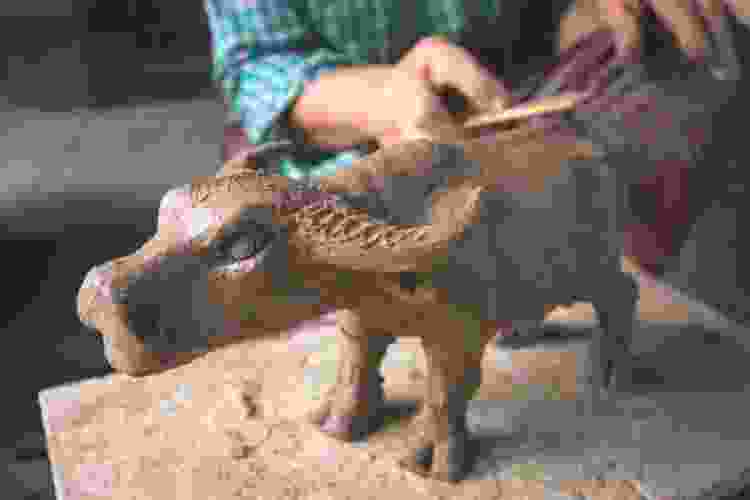
Ceramics Techniques and Ideas
There are several ceramic techniques used in the creation of ceramics vs pottery. Let’s take a look to further understand the differences between ceramics vs pottery.
Hand Building
Hand building is just what it sounds like. The clay is formed and shaped by hand. Sometimes the pottery wheel is used in this ceramics vs pottery technique since the turning of the wheel helps aid the shaping of the piece.

Pinching
Used in ceramic making, pinching is a technique where the artist actually pinches parts of the piece to shape it. It starts out as a ball. The artist holds it in one hand while pushing down with their thumb going around in a circular motion until complete. This is one of the basic methods used in ceramics projects for beginners.

Slab and Coil
In this ceramics vs pottery technique, the artist uses pre-made strips or slabs of clay to fold, form and join them into a shape. Decorative ceramic tiles are often made using this technique.
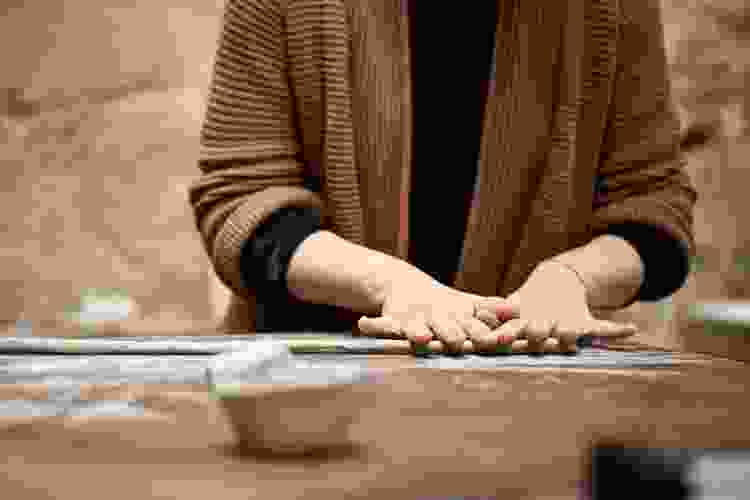
Slip Casting
Slip (known as liquid clay) is water and clay mixed into a pasty runny mixture. It is then put into a mold and left to dry. This is a great technique for creating a large amount of the same design. Porcelain figurines from the 18th century were often made using this technique.
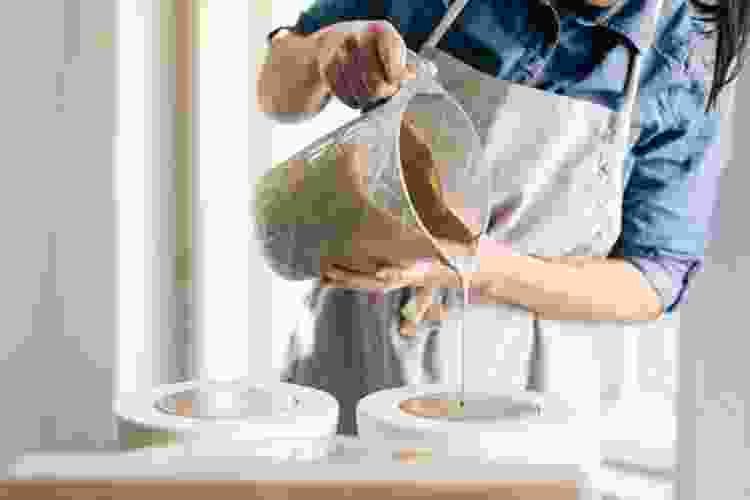
Whether you’re looking for a new creative craft to discover or just dipping your fingers into the clay, we hope we’ve cleared up any questions or misconceptions about ceramics vs pottery you may have. In a nutshell, think of pottery as a category within the overall genre of ceramics. Ceramics is more of an artistic medium while pottery is a practical and useful medium, such as a container to hold flowers, water or that morning jolt of java.
For even more creative ideas and inspiration, check out other experiences happening on Classpop!

